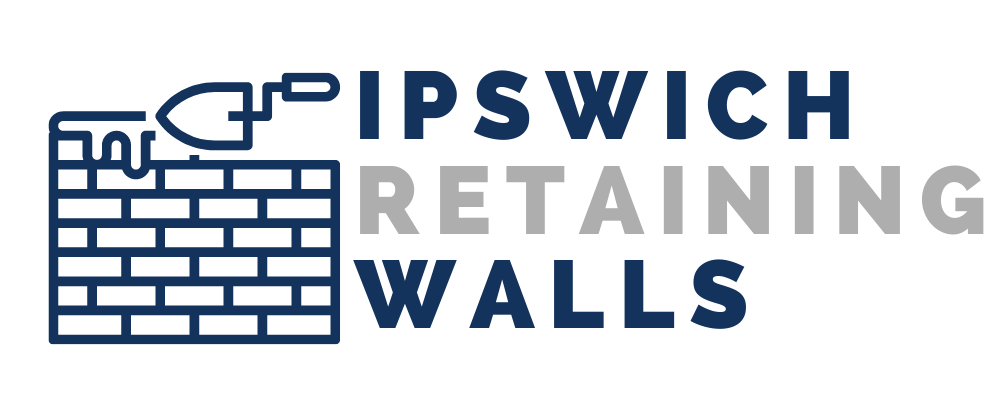When it comes to building a retaining wall, one of the most important decisions to make is what material to use. There are a number of options available, each with their own pros and cons. In this article, we’ll take a look at some of the most popular materials for retaining walls in Australia and help you decide which one is right for your project.
Concrete
Concrete is a popular choice for retaining walls because it is strong, durable, and relatively inexpensive. It can be poured into forms to create a variety of shapes and sizes, making it a versatile option for both large and small retaining walls.
One of the main benefits of using concrete for a retaining wall is its strength. Concrete has a high compressive strength, which makes it capable of supporting heavy loads. It also has a low tensile strength, which means it is less likely to crack under pressure. This makes it a good choice for retaining walls that will be subjected to heavy loads, such as those holding back soil or water.
Another advantage of concrete is that it is relatively low maintenance. Once it has been poured and cured, it requires little ongoing maintenance and can last for decades. It is also resistant to weathering and deterioration, which makes it a good choice for retaining walls in areas with extreme weather conditions.
Timber
Timber is another popular material for retaining walls, especially in residential settings. It is a natural, attractive option that can blend in with a variety of landscapes. Timber retaining walls can be built using a variety of methods, including stacked logs, interlocking blocks, or treated pine.
One of the main advantages of using timber for a retaining wall is its natural aesthetic appeal. It can add warmth and character to a landscape and can be stained or painted to match the surrounding environment. Timber retaining walls can also be built relatively quickly and inexpensively, making them a good option for small or DIY projects.
One of the main drawbacks of timber retaining walls is their relatively low lifespan compared to other materials. Timber is susceptible to rot and decay, especially when it is in contact with soil. It also requires regular maintenance, including staining or painting to protect it from the elements.
Brick
Brick retaining walls are a popular choice for residential and commercial properties due to their durability and aesthetic appeal. They can be used to create a variety of styles, including traditional, contemporary, and rustic.
One of the main benefits of using brick for a retaining wall is its durability. Brick is a strong, hard-wearing material that is resistant to weathering and deterioration. It is also relatively low maintenance, requiring only periodic cleaning to keep it looking its best.
One of the main drawbacks of brick retaining walls is their cost. They are generally more expensive to install than other materials, such as concrete or timber. They also require a skilled mason to build, which can add to the overall cost of the project.
Stone
Stone retaining walls are a popular choice for residential and commercial properties due to their natural beauty and durability. They can be built using a variety of stone materials, including granite, limestone, and sandstone.
One of the main benefits of using stone for a retaining wall is its aesthetic appeal. Stone is a natural material that adds character and charm to a landscape. It is also available in a variety of colours and textures, which allows for a wide range of design options.
One of the main drawbacks of stone retaining walls is their cost. Stone is a premium building material and can be expensive to purchase and install. It is also a heavy material, which can make it difficult to work with and increase the overall cost of the project. Additionally, stone retaining walls require a skilled mason to build, which can add to the overall cost of the project.
Final thoughts
When it comes to choosing the right material for your retaining wall, there are a number of factors to consider. Concrete, timber, brick, and stone are all popular options, each with their own pros and cons. It’s important to consider the purpose of the retaining wall, the load it will be subjected to, and your budget when deciding which material is right for you.
If you’re still unsure which material is best for your retaining wall, consider consulting with an expert retaining wall builder. At Ipswich Retaining Walls, we have years of experience building retaining walls in the Ipswich area and can help you choose the best material for your project. Contact us today to learn more.

